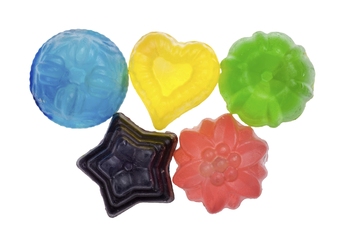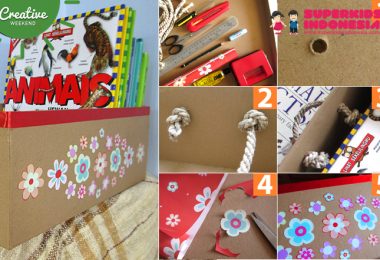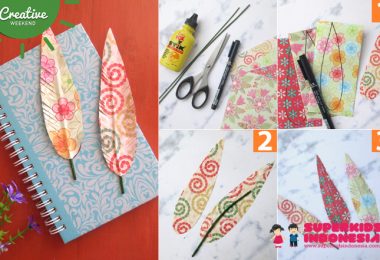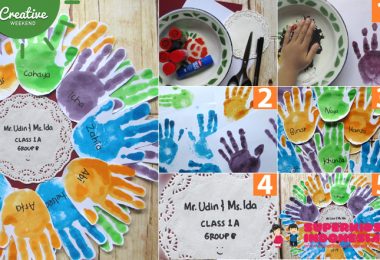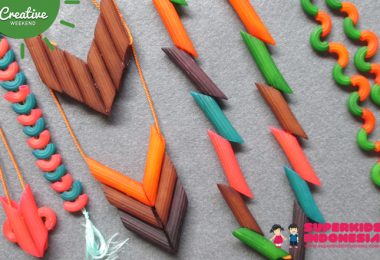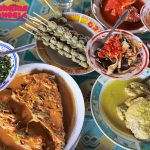Making Your Homemade Soap
Any Superkids must have a good time bathing with soap, especially when it comes in cute shape, bright colors and smells good. Let’s make one Superkids, it’s easy and you can also learn to know what soap contain of.
What you need:
Plastic mold or bowl
Vegetable oil for layering the mold
Glycerine soap (on market)
Heat prove measuring glass or save for microwave
Plastic animal or favorite character
Chopstick to stir
How to make:
Step 1
Prepare the mold. Apply the whole surface with oil. Melt the soap slowly.
Step 2
Put the soap inside the measuring glass and place into the high temperature microwave for 30 minutes. When the soap is all melt, remove from microwave. Ask parents to help because the melting soap is seriously hot.
Step 3
Add some color. Give liquid coloring into the melted soap, one or two drops will do. Too much of it the soap can be dark. Mix several color according to the taste. Stir well using the chopstick. Put in the melted soap into the molder gradually. First, put in one third of the molder. Let it cold for 20 minutes then put in plastic toy for the decoration.
Step 4
Repeat step 2 and 3. Melt and give color the remains of the soap. Pour as the second layer covering the plastic toy. Leave for about 2 hours. When it’s cold, flip the cold and gently press it to get the soap out.
Step 5
Now your handmade soap is ready. For multicolor soap, pour the melting soap into the mold. Leave to hardening, then pour again with different color on top. Repeat the process until it’s full. Add some perfume made of essential oil.
What is in a soap?
Soap is useful for cleaning. Just what does it have exactly?
Soap is made by animal fat (cow or goat) or vegetable fat, like virgin or vegetable oil that reacts with alkali (natrium hydroxide). The process known as saponification. Fat or oil will make the soap stay solid and hard, not melted in the water easily.
Vegetable oil, virgin oil or canola is often added into to make the soap softer. Coloring and perfume are also optional.
In the process of making soap, fat is often replicated to make soap softer and not too much alkali. Extra fat is also softer on skin and put all alkali into reaction process, preventing skin from being irritated.
Saponification results in 75 percent soap and 25 percent glycerine. In handmade soap, glycerine is added into as emollient (skin softener). However, it is often removed sold as individual item in commercial market, sometimes mixed into lotion to repair skin tissue damage and dry caused by soap.
MAHARANI INDRI
PHOTO: THINKSTOCKS PHOTOS


 Indonesia
Indonesia